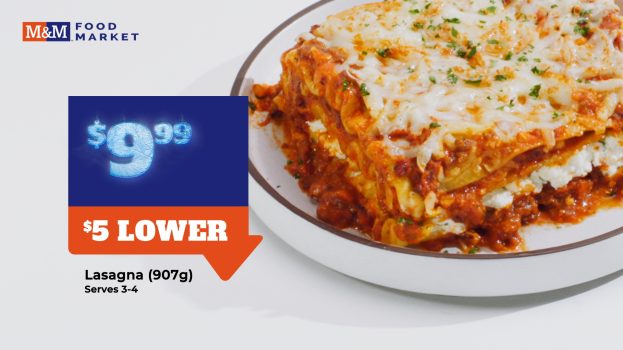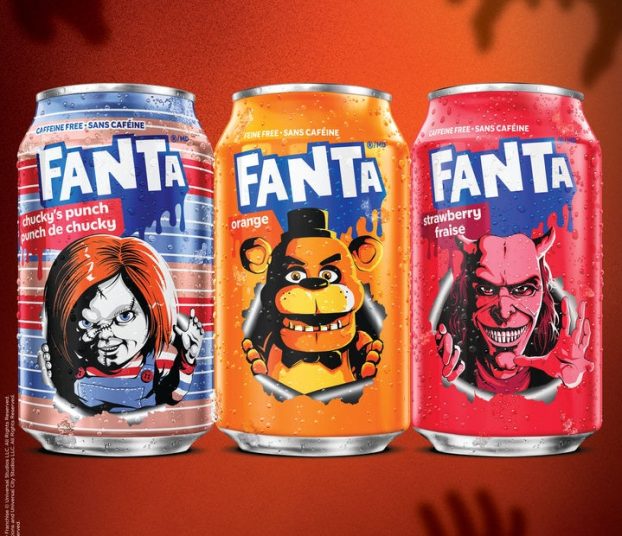 In the last gasps of winter, McDonald’s Canada brought the heat, both literally and figuratively, to a middle-aged menu item.
In the last gasps of winter, McDonald’s Canada brought the heat, both literally and figuratively, to a middle-aged menu item.
A campaign to promote three limited-edition Spicy McChicken sandwiches ran nationally from Jan. 29 until March 11 and featured a three-step approach that gradually built buzz – as well as the heat of the sandwiches, with increasingly spicy versions of the sandwich being rolled out every two weeks.
“From a product perspective it was really culinary to have the three products and it was our way of being inclusive. Insights found everyone has their own heat tolerance,” says Janice Choi, marketing manager for McDonald’s Canada, adding: “Increasing the product [spiciness] every two weeks was really a great way of keeping the product top of mind.”
The promotion of the classic chicken sandwich, which first hit the Golden Arches menu 39 years ago, aimed to reignite Canadians’ passion for the McChicken, explains Choi. The approach was similar to the “Is it still a Big Mac?” campaign, which stoked renewed interest in the burger by adding bacon to it for that iconic menu item’s 50th birthday in 2017.
 The Spicy McChicken campaign, with the hashtag “#SpiceFace,” used a mix of TV, digital, social and OOH ads. The creative focused on the unique faces people make when they eat something spicy. The popular QSR also promoted the Spicy McChicken sandwiches on the gaming platform Twitch, as well as filters on Snapchat and via food-focused influencers. Toronto celebrity chef Matt Basile, known as fidelgastros on Instagram, was a key influencer, as his posts were seen as a way to telegraph “authenticity” to foodies online, says Choi.
The Spicy McChicken campaign, with the hashtag “#SpiceFace,” used a mix of TV, digital, social and OOH ads. The creative focused on the unique faces people make when they eat something spicy. The popular QSR also promoted the Spicy McChicken sandwiches on the gaming platform Twitch, as well as filters on Snapchat and via food-focused influencers. Toronto celebrity chef Matt Basile, known as fidelgastros on Instagram, was a key influencer, as his posts were seen as a way to telegraph “authenticity” to foodies online, says Choi.
“On the digital side, it was a bit of a combination of the tried and true, a combination of Facebook, Twitter,” she says. “But also Twitch, which was… relevant as it skews a bit younger [and] male, so that was a platform that did really well for us.”
There are plans to use Twitch again for other campaigns this year, adds Choi. While the QSR still does plenty of traditional advertising, there has been a significant shift in recent years to digital advertising. Since McDonald’s Canada CMO Antoinette Benoit joined in 2014, digital marketing has shifted from about 15% in 2014 to approximately 50% today. The strategy is “to be where our clients are it’s so efficient… we are in a market that’s very competitive so we need to give customers reasons to go to us versus going to competitors so you need to reach out to them where they are,” explains Benoit.
[iframe_vimeo video = “322909264”]
Having an aggressive digital and social strategy, which included custom GIPHYs that are shown in the video above, for the three Spicy McChicken sandwiches paid off. The campaign exceeded all benchmarks online, and the multi-pronged approach helped maintain interest during the six-week marketing push, says Choi. The online buzz even managed to reach McChicken fans south of the border.
“I think it’s always great when we get that sort of activity and sentiment online because it’s usually the opposite,” notes Choi. “People here [usually] hear about a McDonald’s item maybe not coming to Canada so it’s always kind of great to get that opportunity.”
[iframe_youtube video = “Mc51PE7T72w”]
The national campaign had OMD on media and Cossette on creative.























